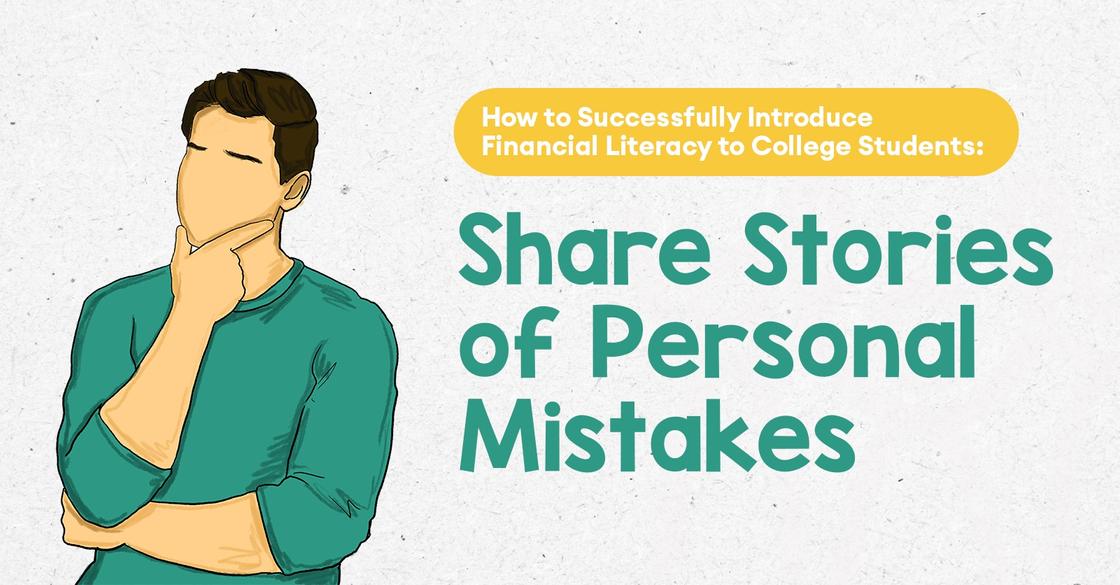When I presented at university seminars, I would often command the attention of the audience up to the last slide. Feedback forms would indicate that my content was helpful and that I came across as knowledgeable. However, despite good reviews, I had always received alarmingly few follow-up questions. It was just when I inquired that some audience members confessed that I seemed “too far ahead”. I obviously intimidated them.
My early experience as an instructor taught me that I had to be both relatable and credible in order to be effective. In the field of financial literacy however, I noticed that most instructors put an inordinate focus on credibility by communicating too much knowledge and/or showing off their financial successes. This credibility-focused approach may inspire advanced learners such as middle class adults, sure, but it often only intimidates younger adults, especially college students from modest-income households.
Why is this so? Since the majority of Filipino college students struggle to finance their education, the idea of “getting rich” is out-of-touch, far-fetched, and flat-out unrelatable.
Because personal finance is generally unrelatable to college students, I as the instructor must focus on being relatable to them. After putting this principle into practice, my workshops frequently ended with an overwhelming number of deep, thoughtful questions from the audience.
So what did I do to become more “relatable”? Here are my three go-to techniques:
1. I humbly introduce myself.
I keep my self-introduction to less than a minute. I often talk about the struggles I experienced that resonate with the audience. In this case, I would talk about the three semesters when I struggled to pay tuition. Then, I very briefly talk about my successes, and only those which are relevant to the audience’s goals. For example, talking about graduating on time and paying off student loans in full is relatable. Buying a mansion or a yacht is not.
2. When introducing a concept, I share my own stories of mistakes instead of preaching,
When I first taught students about managing expenses, I essentially implied that people who made certain purchases were not rational thinkers. Not only did I hold myself at an assuming position superior to my audience, I could have also caused them to believe they were irrational. A perceived attack on one’s self-image as opposed to a behavior usually causes defensiveness.
Now, when I teach expense management, I tell stories about the time I myself made irrational purchases and how I forgave myself for that behavior. Doing so made me more relatable for not getting things right the first time and this approach also puts the focus on the behavior, not on the learner’s self-image.
3. I get real about the struggles of behavioral change.
As an instructor of personal finance, my ultimate goal is to influence people to change their financial behaviors for the better and pique curiosity about the domain. Before, I made it sound that shifting to a new behavior and learning about a foreign concept were easy. Now, I openly share my failed attempts to reduce costs on certain items, and I even make a joke out of them.
Writing this article, I was reminded of a quote by Rita Pierson who delivered one of the most powerful TED Talks I have ever heard: “You know, kids don’t learn from people they don’t like.”
I realized that regardless of the domain and context, learners have to see that there is something common between them and the instructor. They need to be reminded that the instructor is human — someone who makes mistakes. However, they also need to know that the instructor is someone brave enough to admit mistakes, try again, and humbly share the stories about them.
Only then can learners start thinking, “If my instructor can do it, I can do it, too.” This breakthrough belief in their minds can help them accomplish major changes in their own lives.
Except where otherwise noted, this work is licensed under a Creative Commons Attribution 4.0 International license by the author.
